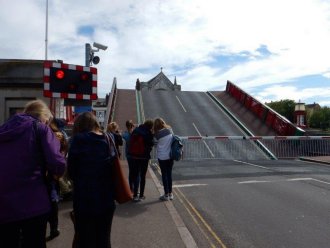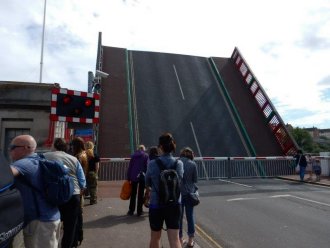Weymouth
Reunion 2016 Photographs ...
Home
Page | 40th
Reunions Home Page
|
|||||||||||||||||||||||||||||||||||||||||||||||||||||||||
40the ENTRY MEMROBILIA
Memorabilia pages - If you
have any odds & sods of a similar nature, that will scan,
I would be grateful for them to add to the page. Steve
Photographs- If any ex 40th Boy Entrants have any photos that they would like to share with others to revive a few old memories they would be greatly appreciated.
© 40th Entry Cosford 2010 All rights Reservered.










